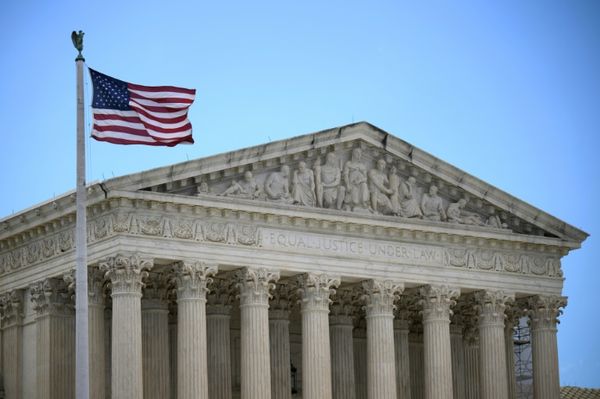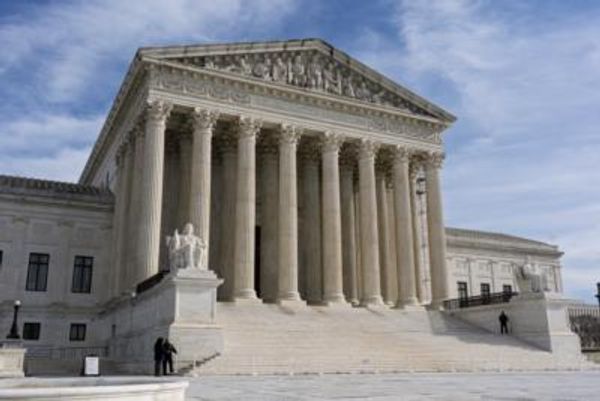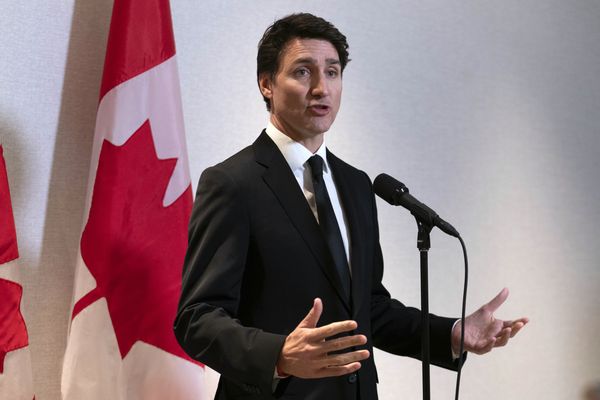
Ahead of general elections in the Pakistan-administered region of Gilgit-Baltistan on Nov. 15, 554 candidates had submitted their nomination forms to run. India, which also claims the area as part of the broader dispute about the border between the two countries, has slammed the decision to hold the vote as an illegal annexation.
In some ways, New Delhi is right about Islamabad’s intentions. It is holding the elections as part of an attempt to mainstream the area as a fifth province of the country. The move also comes in reaction to India’s own decision last year to revoke Article 370 of its constitution, which had granted Indian-administered Kashmir some autonomy and had protected the region against any attempts from the central government to repopulate it with non-Kashmiris.
After Article 370 was revoked, Pakistan was quick to register its outrage, particularly focusing on the fate of Kashmir’s Muslims. But the rhetoric was largely designed for domestic consumption, especially given that Islamabad has engaged in demographic engineering in Kashmir as well. Following the Partition of India in 1947, Pakistan separated the region it was given to administer into two parcels—the Northern Areas (the northern part of the broader Kashmir region) and Azad Jammu and Kashmir—until a final settlement of the borders between it and India. That divide was formalized in 1974 through the Northern Areas Council Legal Framework Order. Following that order, Islamabad actively encouraged Pakistanis from the rest of the country to settle in the Northern Areas, which tilted the region’s demographics away from its Ismaili Shiite population.
Further, although Pakistan’s Azad Jammu and Kashmir has enjoyed some token autonomy over the past 73 years, the Northern Areas have been ruled from the center, with Islamabad maintaining the area’s legal status quo ostensibly to protect its claim on the entirety of Kashmir if there is ever a settlement with India.
Over the course of that history, Islamabad has often faced dissent from protesters in the Northern Areas demanding that it be turned into an official fifth province and granted all the associated rights. Faced with growing demands from the locals, in 2009, Pakistan renamed the Northern Areas “Gilgit-Baltistan” and gave the region its first legislative assembly. Islamabad also created a legal framework to potentially provide anyone living in Gilgit-Baltistan, including those from outside of the region, with formal residency there. More reforms, supposedly to give residents of Gilgit-Baltistan greater say in their governance, came in 2018. But when Islamabad maintained its tight-fisted control over Gilgit-Baltistan anyway, protests ensued.
The protests among Gilgit-Baltistan nationalists have been met with pushback from Kashmiri nationalists on both sides of the Line of Control between the Indian- and Pakistani-controlled parts of the region, who have condemned plans to alter the status of the Pakistani-administered territories. In 2016, one prominent figure, Syed Ali Shah Geelani, wrote a letter to then Pakistani Prime Minister Nawaz Sharif, calling the plans to elevate Gilgit-Baltistan a “disaster” for an independent Kashmir that includes all of the disputed regions. Sayyid Abdullah Gilani, another prominent Kashmiri nationalist, has similarly urged Pakistan to reconsider the upcoming election.
But with locals in Gilgit-Baltistan increasingly forceful in their anger—and with Pakistan looking for an opportunity to needle India after India’s own moves in Kashmir—now must seem like an opportune time for Islamabad to mainstream the area as a province.
Of course, the growing nationalist movement in Gilgit-Baltistan was only one factor in Pakistan’s decision to move forward with the vote. Another came from China.
In 2015, Beijing set in motion the transformation of Gilgit-Baltistan when it formally inaugurated the now $87 billion China-Pakistan Economic Corridor (CPEC). The corridor, meant to connect China’s Xinjiang with Pakistan’s coastline in Baluchistan, has to pass through Gilgit-Baltistan. The CPEC is said to be China’s largest-ever overseas investment, and Beijing does not want to see it embroiled in the protracted dispute over Kashmir.
The ongoing Chinese-Indian conflict in Ladakh, an Indian-administered region along the disputed Indian-Chinese border, has led to further militarization of the Pakistani-Indian dispute. However, China’s muscle-flexing to establish itself as the region’s stand-alone power may suggest that Beijing is warning India off any tussles with Pakistan. China is helping develop businesses and infrastructure in Gilgit-Baltistan, most notably the Diamer-Bhasha Dam. The growing Chinese presence has reassured Islamabad that Beijing will have its back.
To be sure, none of the three powers is particularly itching for a fight. Despite some rhetoric about intervening in Gilgit-Baltistan, New Delhi is unlikely to be serious about taking actual control over the region while also skirmishing with China. Similarly, even though India has been eying a greater role in Afghanistan, leaders since Indian independence have been wary of actually having to deal with the Durand Line between Afghanistan and Pakistan, which Gilgit-Baltistan’s improbable accession to India would geographically mandate.
Pakistan, too, is tied up with its own problems, including Baloch and Pashtun nationalist movements. It is also wary of angering China and endangering the CPEC. (It is so afraid of losing its partner, in fact, that it has not only denied China’s abuses of its Uighur Muslim minority, but it has also turned a blind eye toward Beijing’s arrest of several Uighur women married to Pakistani men.) Geopolitically, meanwhile, the CPEC has become the goose that lays the golden egg for Pakistan’s military, which is charged with managing the corridor, replacing Kashmir, which, for the past seven decades, was used to justify skewed defense budgets.
In other words, the basic outlines of the status quo in Gilgit-Baltistan served the powers involved just fine. If anything, India and Pakistan are just following each other’s lead to formalize facts on the ground. That will benefit the two national governments’ plans for their respective administrative regions, especially with regards to long-pending development work. But in doing so, they may also be ramping up tensions with each other and undermining peace in the region.
Given their significance, the upcoming elections in Gilgit-Baltistan have dominated politics and the media. The country’s main opposition party, the Pakistan Muslim League-Nawaz, won smaller elections there five years ago. This time around, the PML-N is spearheading the Pakistan Democratic Movement (PDM), an alliance of all the country’s major opposition parties arrayed against Prime Minister Imran Khan’s Pakistan Tehreek-e-Insaf (PTI).
With all the opposition parties already on the same side, it is no surprise that actual issues in Gilgit-Baltistan haven’t been much of a feature in the campaigns before the vote. With little over a month to go before the elections, the PTI hasn’t even bothered with any manifesto. While all the parties may be on board when it comes to mainstreaming Gilgit-Balistan, they don’t have any plans for actually governing it.
It is no coincidence, too, that the opposition parties have been holding meetings with Army Chief of Staff Gen. Qamar Javed Bajwa ahead of the November polls. Just as for much of Pakistan’s history, the armed forces are presumed to have the defining say in electoral outcomes. In fact, while the PDM continues to allege that the Khan government was “selected” by the Army, now its constituent parties are presenting their case for control of Gilgit-Baltistan to the brass. This comes at a time when China has also given complete control over the CPEC, and in turn the region it traverses, to the Army.
In short, the elections in Gilgit-Baltistan may be a geopolitically interesting move, but they’ll mostly just reaffirm long-standing realities about Kashmir’s subjugation. The latest chapter in that tale is being written by China and Pakistan on one side and India on the other, with the rivals politically matching each other move for move, as the fate of those living in the region remains outside of their own grasp.







